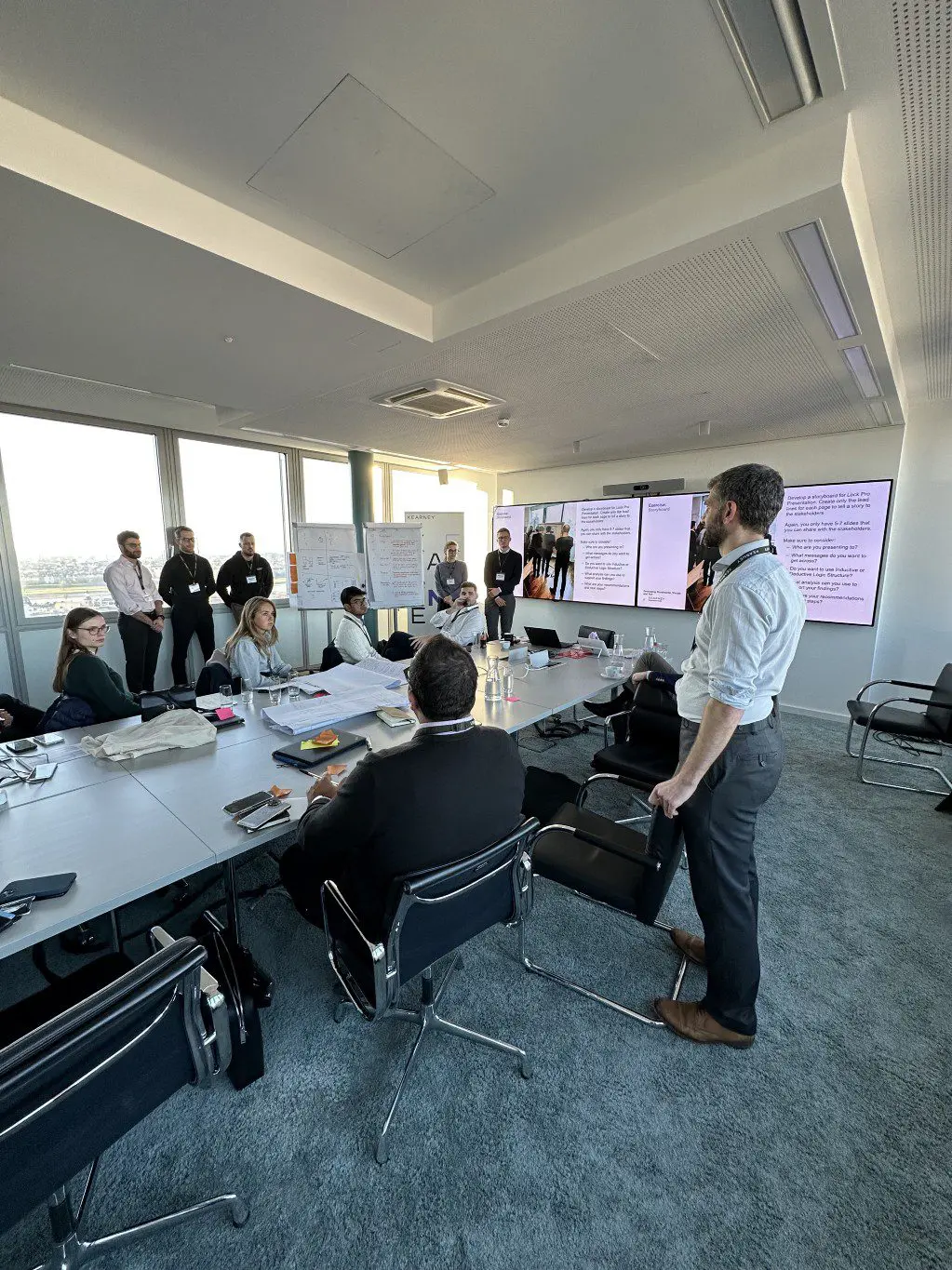
This is a reprint of a classic blog that I wrote in November 2019 when I first started my company Shiageto Consulting. Enjoy!
As some of you may have seen, I recently had the pleasure of delivering some training sessions for a fantastic consulting firm on a variety of topics including “How to use story telling in business” and the “Soft skills behind project management”. Whilst I thoroughly enjoy working with companies to expand their skills and know my content inside out, training courses can be notoriously difficult as participants are often distracted, might not engage with the content or simply won’t be bothered.
I was told once that 50% of course participants won’t remember having gone on the course; of those that can remember, most will only remember if they liked or didn’t like the course and if they did like the course only then may they actually apply any of the learnings from it.
So how do you make your training memorable and actually impactful? Well, building upon my recent blog about the art of great facilitation, I wanted to share ten tips that I use:
1. Run your training session using the very skills you are teaching — nothing shows your expertise in a topic than actually demonstrating it; so if it’s a training course on “Storytelling in Business” then I present it using lots of stories. If it’s about project management, I highlight how I have project managed that training course.
2. Be open and inquisitive — I find that participants want to connect with the instructor as much as the content; if they don’t believe you have the experience or can’t relate to you then it’s always much harder for them to absorb what you are training. I try to get to know everyone right from the start, tell them all about my life, share lots of relevant stories and make myself available during breaks and lunches to chat more.
3. Use pull more than push — ultimately, you can’t force someone to learn but you can make it so enticing that they can’t help but want to be involved. So, yes you can tell participants to switch off their phones, put away laptops, etc. but I use games, questions, interactivity and more to make it so that they invariably are drawn in and forget about these things for the length of my sessions.
4. Don’t just waffle on about theory, get participants to actually practice something — it’s incredibly hard to sit all day and listen to one person talk about something (no matter how interesting they may be), whereas by actually having tasks to try out what I am talking about, my participants engage more with my content and I find it really reinforces what I have been talking about.
5. Don’t be afraid to show them how bad they currently are at it — studies have shown that when it comes to learning, negative experiences stick in people’s minds more than positive ones. So, I often let them fail at a task in a safe environment, and provide them constructive feedback so that they can improve.
6. Tap into the experience of the group — invariably you will not be the only person who knows something about the subject you are talking about. We all have war stories and it’s incredibly powerful to tap into all these experiences (plus helps a group bond more). So, I ask questions, let others have the floor and summarise/pull out the key lessons from their contributions.
7. Read the room and flex — we all devise a plan for how we want to do things but the key is to be flexible if it’s not quite working out. So, I look for bored faces, glances at watches, crossed arms, playing with phones as my cue to change things up.
8. Use ‘lightning rods’ and ‘speed bumps’ — in a future blog I’ll talk a bit more about this but the essence here is that I use two techniques (lightning rods, which are ice breakers and energisers, and speed bumps, which are basically jolts to ordinary thinking to land ideas more long term) to stimulate greater teaming and absorption of ideas when needed.
9. Play to human needs and desires — it doesn’t matter how old we are or what kind of job we do, we all invariably get tired, hungry, bored etc. So, I make sure in all my sessions that we have more breaks rather than less breaks, that we can finish earlier rather than later, that I bring snacks (they don’t always have to be chocolates) and use plenty of humour.
10. Provide follow up and make sure there is actual benefit from what you have instructed — it’s easy to walk out of a training session and never think about it again. So, I always ensure a timely follow up with useful material (be it a reading list, some templates or even just the course material) to maintain engagement and practicality of the course beyond the training room (I call it the 7 day rule). Similarly. I believe it is vital to find out how beneficial the training has been; in the short term this is through asking the participants, in the long term by actually asking their managers/colleagues if they have seen any application of the new skills — it may seem daunting but if this doesn’t happen then what was the point of the training aside from a nice day away from work?
There you go, ten tips that will definitely make a difference if you are pulling any training together. If you have any tips of your own I’d love to hear them; equally I’m more than happy to offer any advice if I can be of use.
Faris is the CEO and Founder of Shiageto Consulting, an innovative consultancy that helps firms and individuals sharpen their effectiveness.
Success = IQ x EQ x FQ
![]()
Notifications